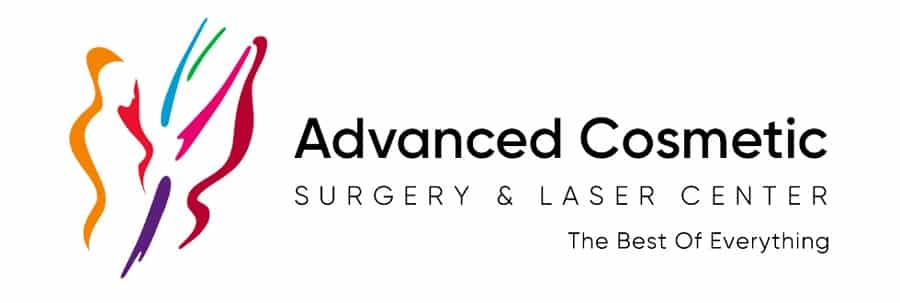Surgical Solutions for Droopy Eyelids
Introduction
Droopy eyelids, or ptosis, can significantly impact both vision and appearance, leading many to seek surgical solutions. This page offers an in-depth look at how surgery can correct droopy eyelids, outlining the procedures, what to expect, and recovery tips.
Understanding Ptosis Surgery
Ptosis surgery aims to tighten the levator muscle, which lifts the eyelid, or to attach the eyelid to other muscles that can help elevate it. The choice of procedure depends on the severity of the ptosis and the strength of the levator muscle.
Types of Ptosis Surgery
- Levator Aponeurosis Repair: Ideal for patients with moderate to good levator muscle function. It involves tightening the eyelid’s lifting muscle.
- Müller’s Muscle Conjunctival Resection (MMCR): For patients with mild ptosis and good levator function, this procedure can provide a subtle lift.
- Frontalis Sling Operation: Used in cases of severe ptosis with poor levator function, this technique connects the eyelid to the forehead muscles, allowing the brow to assist in lifting the eyelid.
Preparing for Surgery
- Consultation: A thorough examination by an ophthalmologist or oculoplastic surgeon is essential to determine the best surgical approach.
- Expectations: Discussing your goals and understanding the potential outcomes and risks is crucial.
Recovery and Aftercare
- Post-Surgery Care: Follow your surgeon’s instructions closely, which may include applying cold compresses, using prescribed eye drops, and avoiding strenuous activities.
- Recovery Time: Most patients can return to normal activities within a week, though full recovery and final results may take several weeks to months.
Conclusion
Surgical correction for droopy eyelids can significantly improve both function and cosmetic appearance. By understanding the options and following through with proper care and consultation, patients can achieve satisfying results. For more detailed guidance, schedule a consultation with a qualified eye surgeon.


Recent Comments